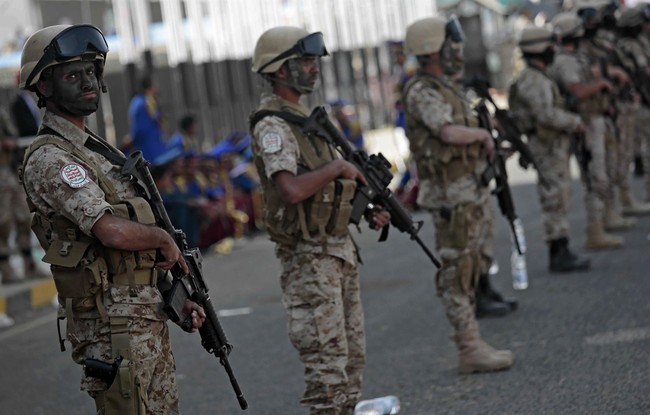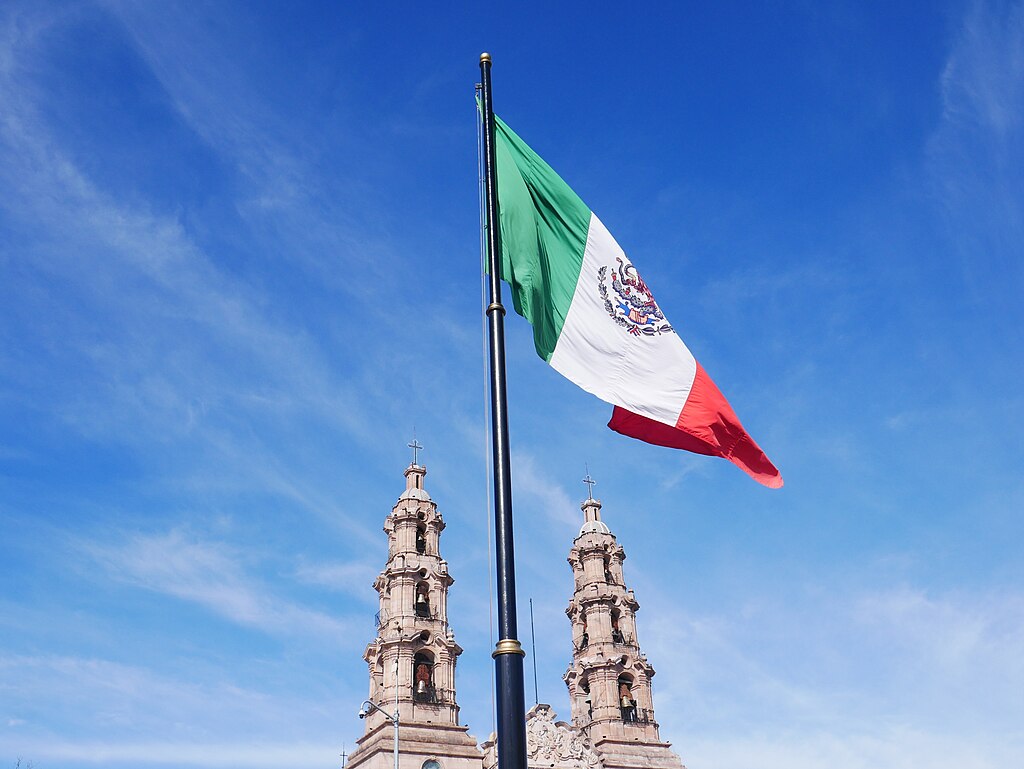Unraveling the US-Houthi Conflict in Yemen
A complex web of military operations and geopolitical tensions is unfolding in Yemen, with significant implications for regional stability and international relations.
Published April 04, 2025 - 00:04am

Image recovered from redstate.com
The conflict in Yemen is once again searingly visible on the international stage, as the United States steps up its military operations against Iranian-backed Houthi rebels. Recent developments have seen President Trump issuing stern warnings and the US engaging in vigorous military actions that underscore the escalating tensions across the region.
In a bold declaration, President Trump, through his Truth Social account, outlined a relentless campaign against the Houthis. Asserting dominance in the region, Trump revealed the US's plan to neutralize threats to freedom of navigation posed by the Houthis, whose attacks on US ships have necessitated decisive military responses. In a clear message to Iran, Trump's administration has vowed not only to continue but to intensify its military efforts until the Houthis cease their aggression.
The ongoing military operations, however, have not been devoid of controversy. Reports emerging from the region paint a grim picture of casualty numbers, with Houthi sources claiming civilian deaths resulting from US airstrikes. Such accounts have fueled a narrative of US aggression, gaining traction in various media outlets that highlight the human toll of military engagement in Yemen. Amidst this backdrop, the death toll continues to mount, exacerbating the humanitarian crisis in Yemen.
The strategic dimension of this conflict has seen the US deploying significant naval assets to the region. Notably, the USS Harry S. Truman, alongside the Carl Vinson, reinforces the US's defensive posture and its commitment to safeguarding commercial shipping routes in the Red Sea. This move is in direct response to Houthi proclamations of targeting US naval vessels, underscoring the volatile nature of maritime security in the region.
Regionally, the US's actions in Yemen are part of a larger geopolitical chess game involving Iran. As the US continues to exert pressure on Iran over its nuclear ambitions, the Houthi conflict serves as an extension of this broader strategy. The Houthi rebels, emboldened by Iranian support, have escalated their hostilities, linking their operations to regional issues such as the ongoing Israeli-Palestinian tensions, which further complicate an already intricate regional dynamic.
The international community watches closely as the situation unfolds, with various stakeholders expressing concern over the potential for a wider conflict. Key US allies and global powers are poised to respond diplomatically or militarily as necessary, keeping a watchful eye on any developments that might necessitate intervention. Meanwhile, debate persists within the US regarding the long-term strategy and implications of this military campaign, particularly in relation to Congress's role in authorizing prolonged military engagements abroad.
In summary, the Yemeni theater remains a complex and fraught landscape. With high-stakes military operations, profound geopolitical ramifications, and a dire humanitarian situation, the conflict is poised to remain a pivotal issue in international relations. As the US and its partners navigate this intricate environment, the world remains uncertain of what the future holds for Yemen and its people.






